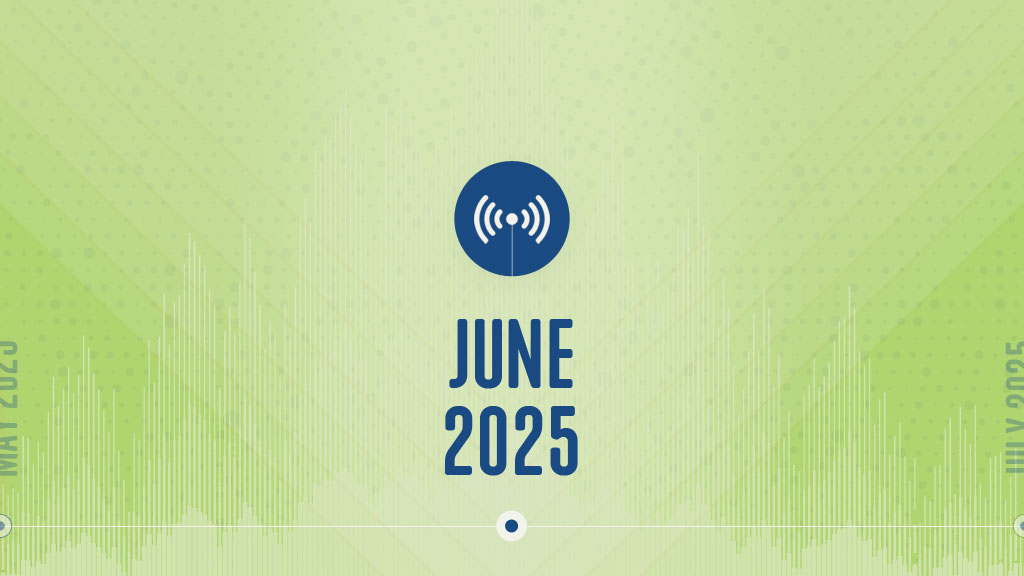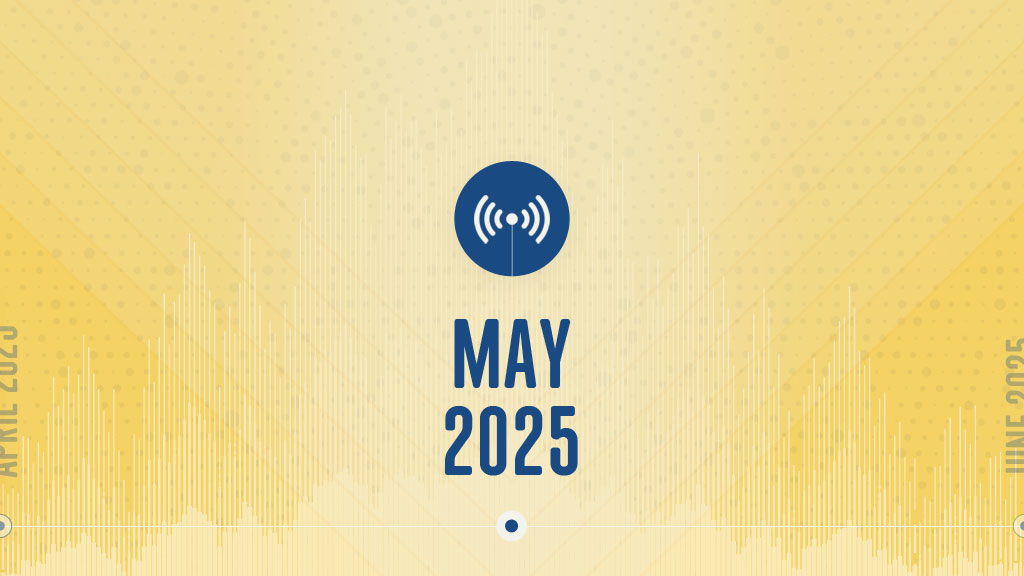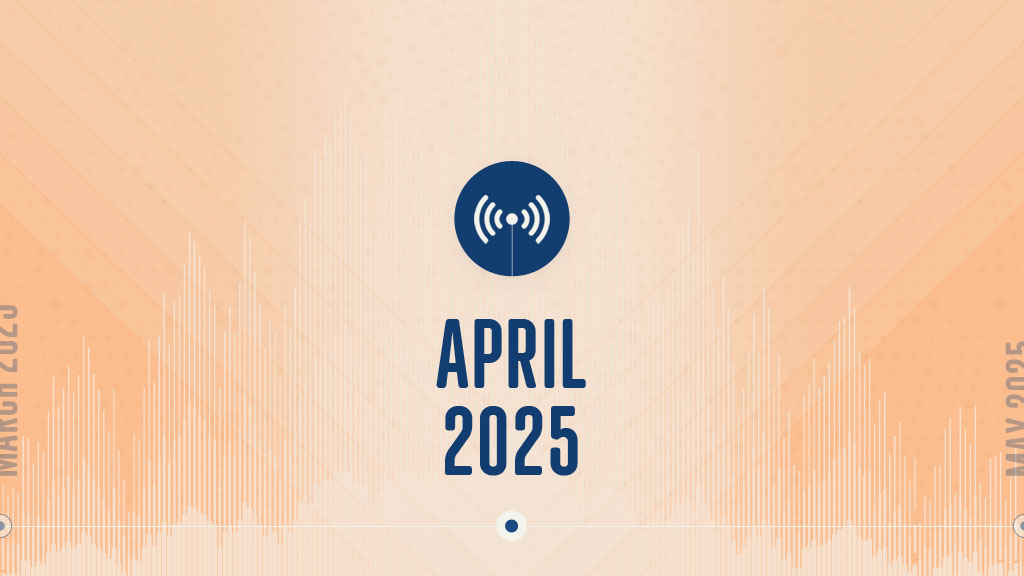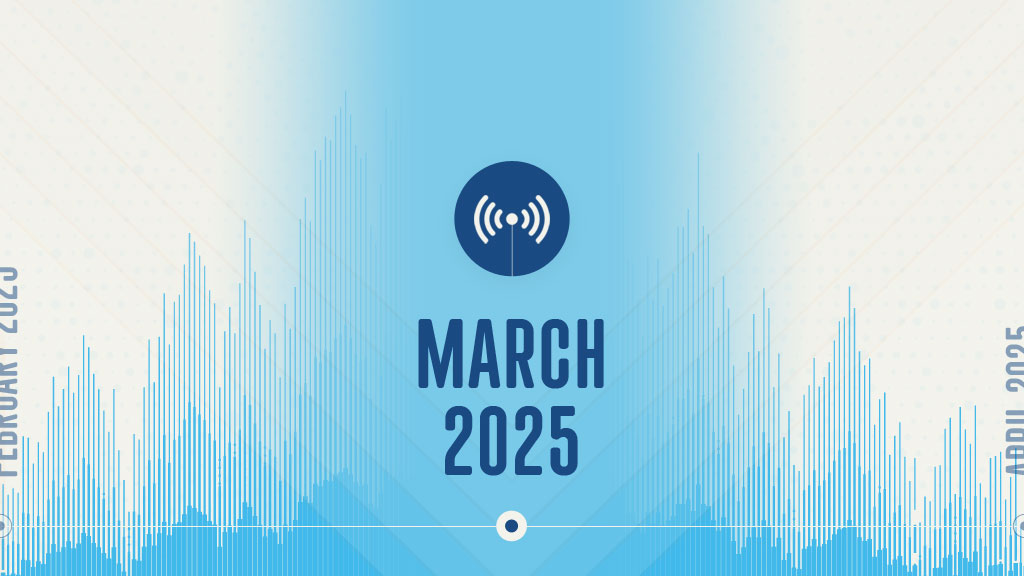The Unified Managed Household and the ‘Smart’ Financial Advisor
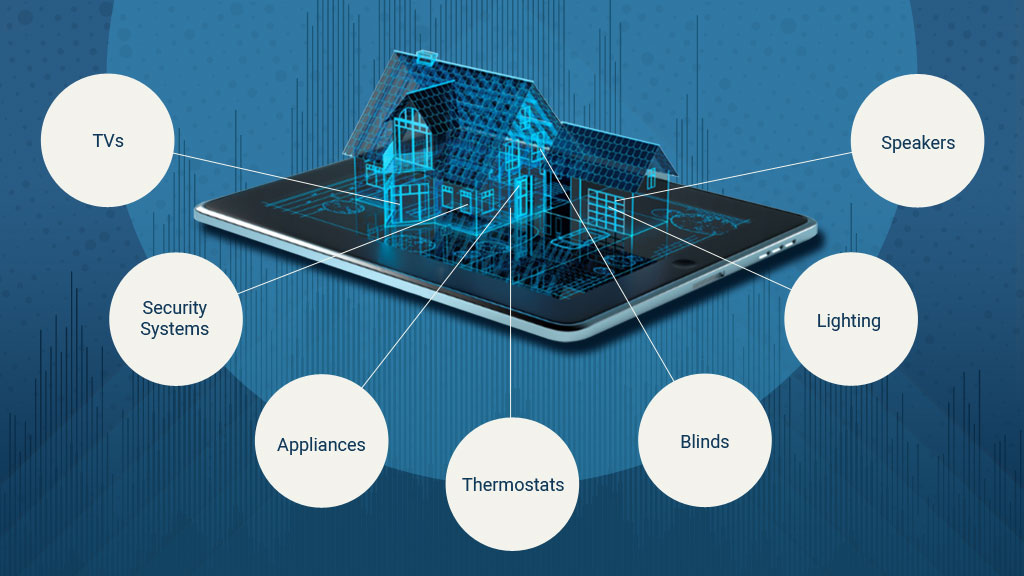
Demographers call my generation the “digital natives.” We’re staunchly optimistic about the power of technology to simplify and improve our lives.
At work, I’m deeply engaged in SEI’s commitment to bring the first real unified managed household (UMH) overlay to market. At home, I’m a husband, dad, and enthusiastic consumer of smart household technology.
In both spaces, I push against “how we’ve always done it,” and encourage harnessing leading technologies like APIs and AI to transform lives for the better, especially our financial lives.
Home and work collide in a quest for ‘smart’ applications
My wife and I embarked on a house search last year with a vision: A home where “smart” devices interact to make our lives easier. I imagined:
- My Garmin watch tracks my sleep cycle. When it’s time to wake up, my watch signals our Hatch alarm clock to begin playing soft music and notifies the window blinds to slowly open. My smart thermostat adjusts the heating or air conditioning system. My coffee machine turns on!
- When I get out of the shower, an audio device reads the weather forecast, so I know how to dress myself and our kids.
- Before leaving for the office, I get a traffic report so I know if there’s a breakdown or accident that might delay our commutes. Lights, security, and temperature settings adjust automatically as we leave the house—and reset to reach our desired levels before we return home.
Sounds good, doesn’t it?
First-time home buyers, we researched devices from all the brand-name companies. Truthfully, we were disappointed that our vision exceeded their capabilities. A major obstacle is the variety of communication protocols—Wi-Fi, Bluetooth and Zigbee®— that don’t encourage the kind of device interoperability that we imagined.
I don’t think this will be the situation for long. My generation expects more from consumer technology. Every generation expects more from the technology their financial advisors use.
UMH spells ‘smart’ for investors of all ages
The UMH concept has circulated for years. It’s the notion that a financial advisor manages the entire portfolio of accounts held by an individual or a couple to maximize returns and minimize taxes.
Every time advisors engage in financial planning with a client, they are on the threshold of UMH. They find out what assets the client has in what accounts and products. The picture of the household’s assets, liabilities, and financial goals comes into focus.
Yet, when it’s time to implement the plan, advisors are forced to do it account by account. It’s inefficient. It’s frustrating. It’s also surrendering opportunities to accelerate wealth accumulation, particularly through tax-smart management. Taxes are the No. 1 expense for households earning over $200,000, yet only 25% of investors receive comprehensive tax planning advice.1,2
What’s stood in the way of UMH? A rigid tendency toward single-account, single-product sales in the industry, which built its technology to suit that practice. We’ve made progress with the rise of financial planning and widespread buy-in to it as the groundwork needed for clients to achieve financial success.
Demographic and cultural forces are also putting ballast behind UMH:
- A nomadic workforce accumulates new accounts like 401(k)s, IRAs, ESOPs and Roths every few years. Who’s coordinating those?
- The largest generation in history is in or nearing retirement. It’s also projected to transfer a huge amount of wealth to heirs.
- A rising workforce of millennials is savvy and has prioritized saving for retirement.3 Yet one estimate is that there will be a shortage of as many as 100,000 financial advisors by 2034. 4
The industry must prepare for the present and its future. Providing advice at scale to a widening audience of clients will only be possible for those with UMH technology.
What a ‘smart’ advisory practice will look like
Imagine this: financial advisors complete financial plans for their clients. Then, with a single push of a button, fires sophisticated algorithms that automatically:
- Show which investments belong in which accounts to take advantage of different tax treatment—a well-known practice known as asset location.
- Rebalance a multi-account portfolio to keep it aligned to a client’s risk tolerance, goals, and timeline, and relocate poorly located assets
- Perform intelligent tax harvesting among all the accounts in a household portfolio, not one by one, maximizing gain and loss potential while avoiding wash sales.
- Execute optimized tax-smart withdrawals from accounts when a client needs money for retirement income or a major expense.
These are not nice-to-dos. They are what investors want—and what many assume is already happening. But let’s be honest, it’s not unless an advisor is executing manually using spreadsheets or coordinating the work of disparate systems.
Imagine a future, not so distant, when a financial advisor can present to clients the potential benefits in dollars and cents of applying UMH, which technology will allow us to do. In one study, simply improving asset location increased retirement income by 33% and left 45% more to beneficiaries.5
This is not an “AI will take over” vision I’m painting. My home assistant won’t replace me reading a bedtime story to my children; it may give me more time to spend with family.
Nor will UMH replace advisors. Instead, it frees them to:
- Have personalized planning and investment discussions.
- Generate operating savings they can reinvest in their practices.
- Increase the value their clients perceive from professional advice.
Early UMH adopters are on the march. Some wealth management firms are implementing tax-smart withdrawal strategies and experiencing quickening advisor adoption. Others are using UMH to help high-earning clients transition appreciated positions more efficiently.
Advisors need to ask their management and their technology partners, “How ‘smart’ can I make my practice—and how soon?”
Arthur Worthington, CFP, is managing director, strategic business development and integration, at SEI, Inc. Connect with him on LinkedIn.
- US Department of Labor, Bureau of Labor Statistics, Consumer Expenditure Survey, 2021.
- “Defining Wealth Management,” Spectrum, 2021.
- Goldman Sachs Asset Management’s 2023 Retirement Survey & Insights Report: Millennials are proactive and, when compared with three other generations in the workforce, were the most likely to believe their retirement savings are on track or ahead of schedule.
- “The looming advisor shortage in US wealth management.” McKinsey & Co. article. Feb. 25, 2025.
- An independent EY analysis of LifeYield methodology. Study assumes a 35% average combined ordinary income tax rate (federal) and 5% for state. 20% long-term capital gains rates. $10K annual contribution to tax-deferred accounts and $40K annual contribution to taxable accounts, each growing at 2% inflation rate for 15 years.

 By
By 

